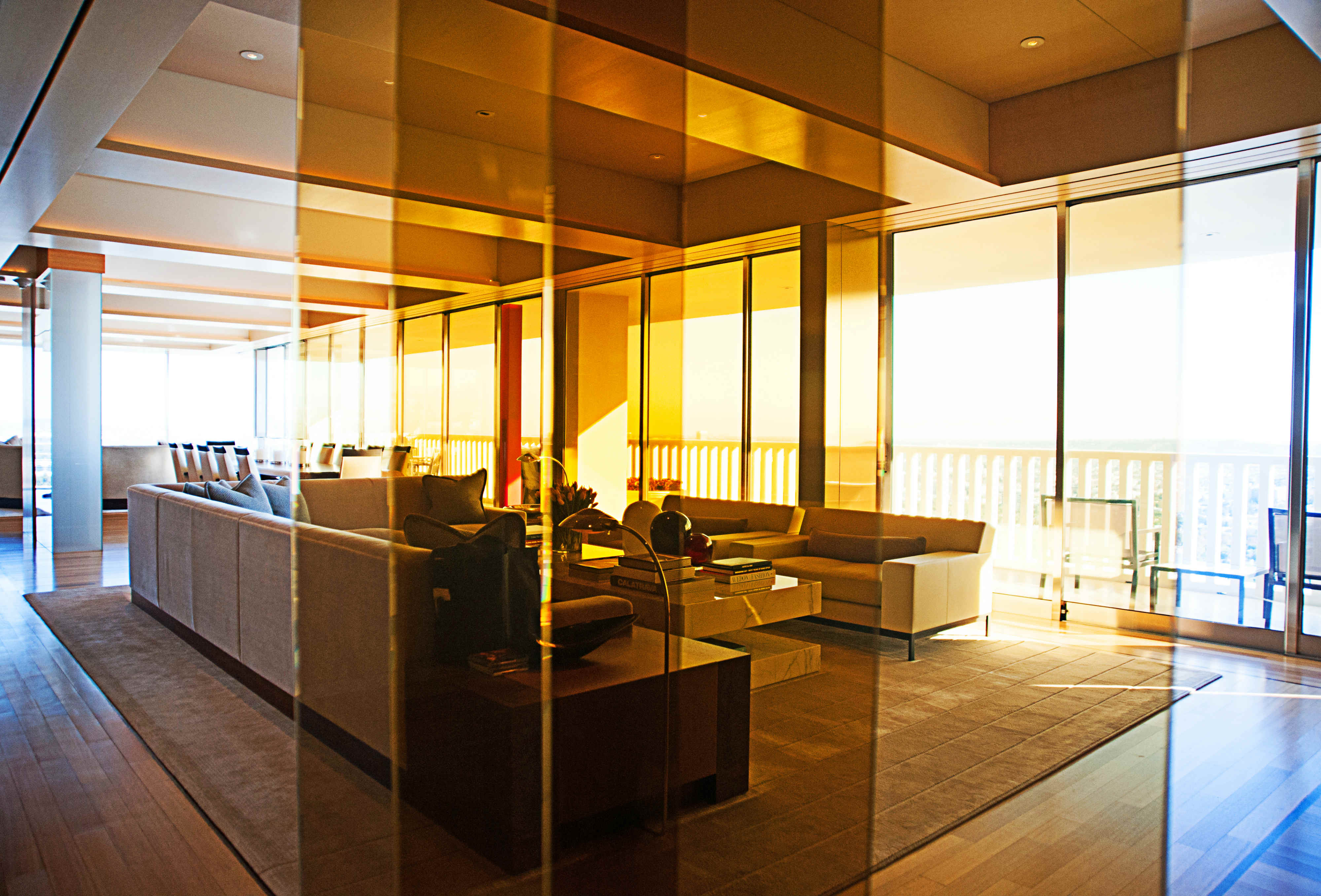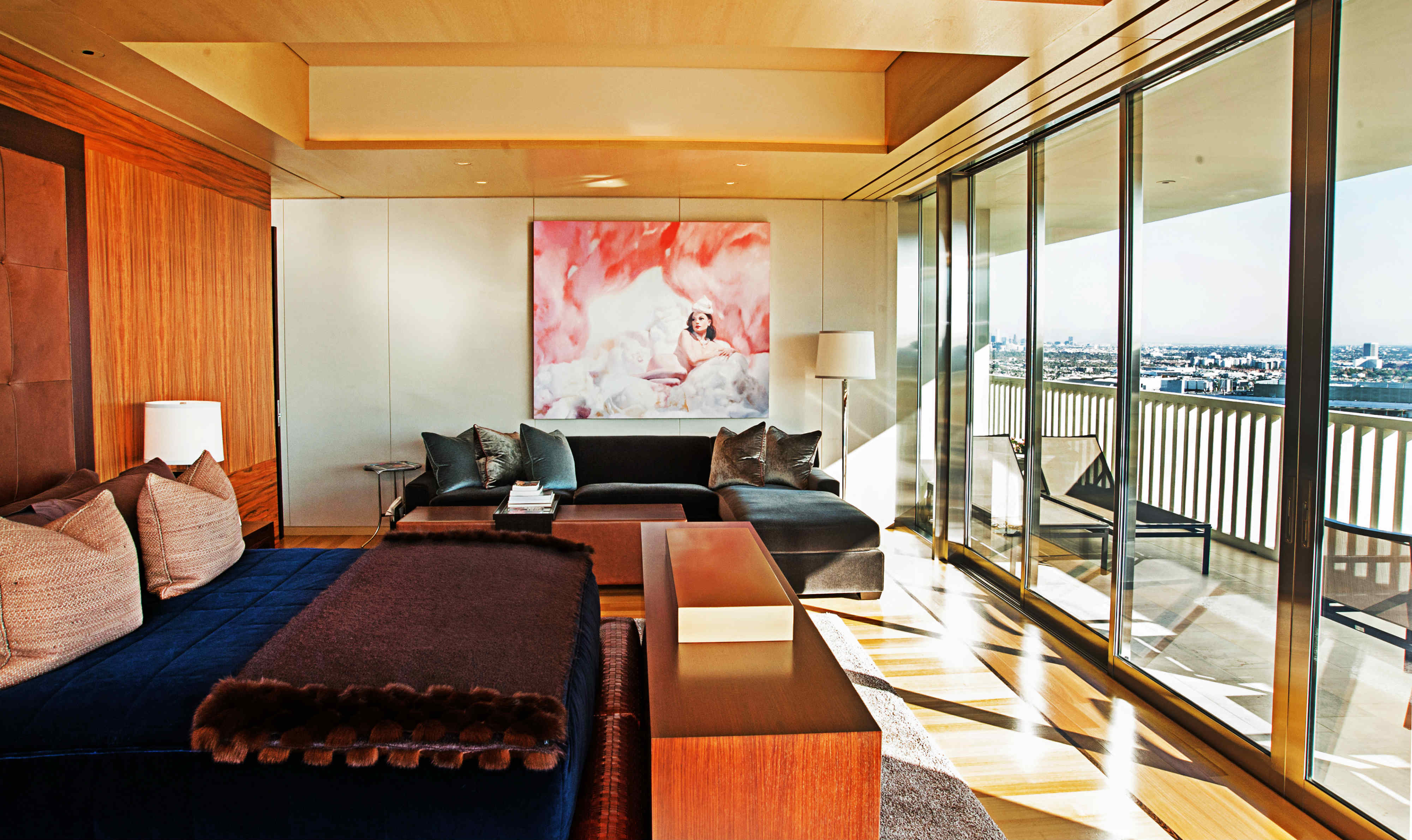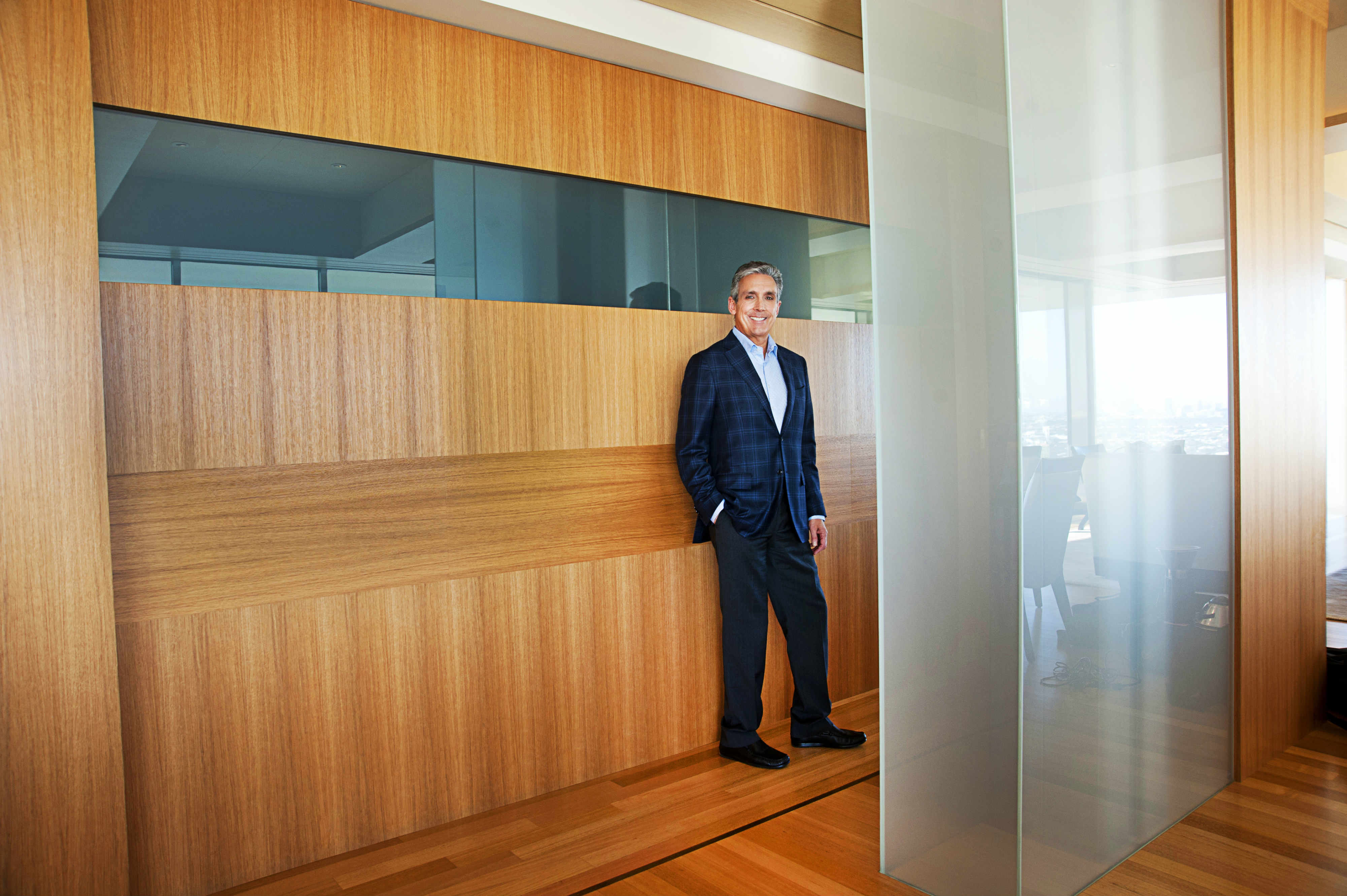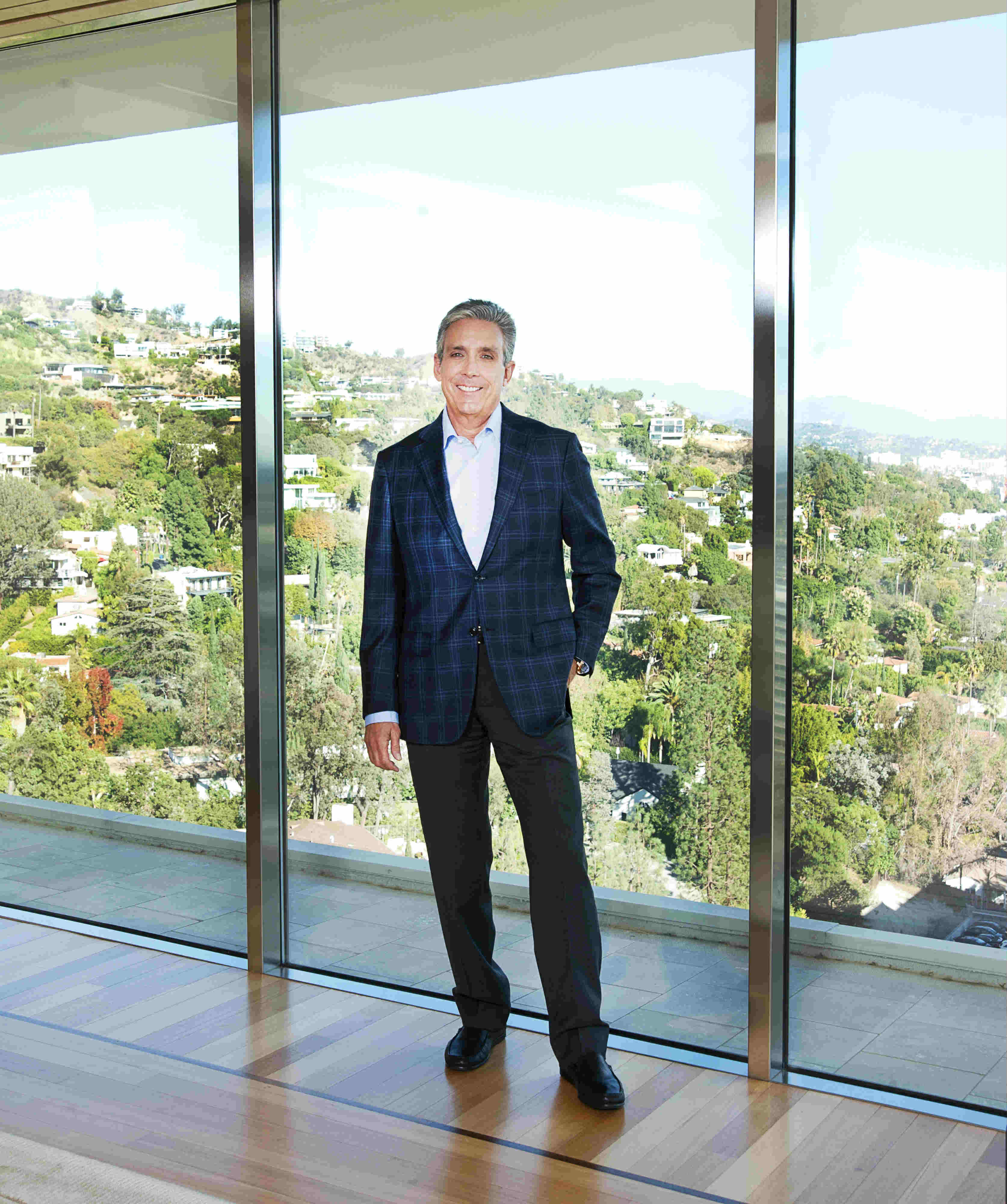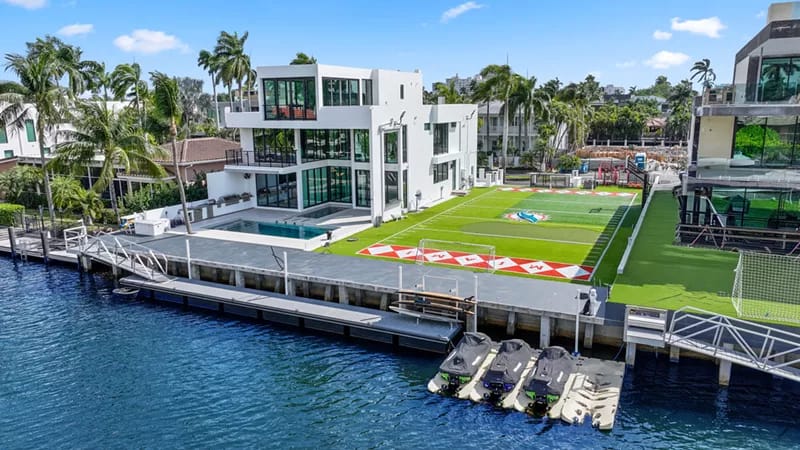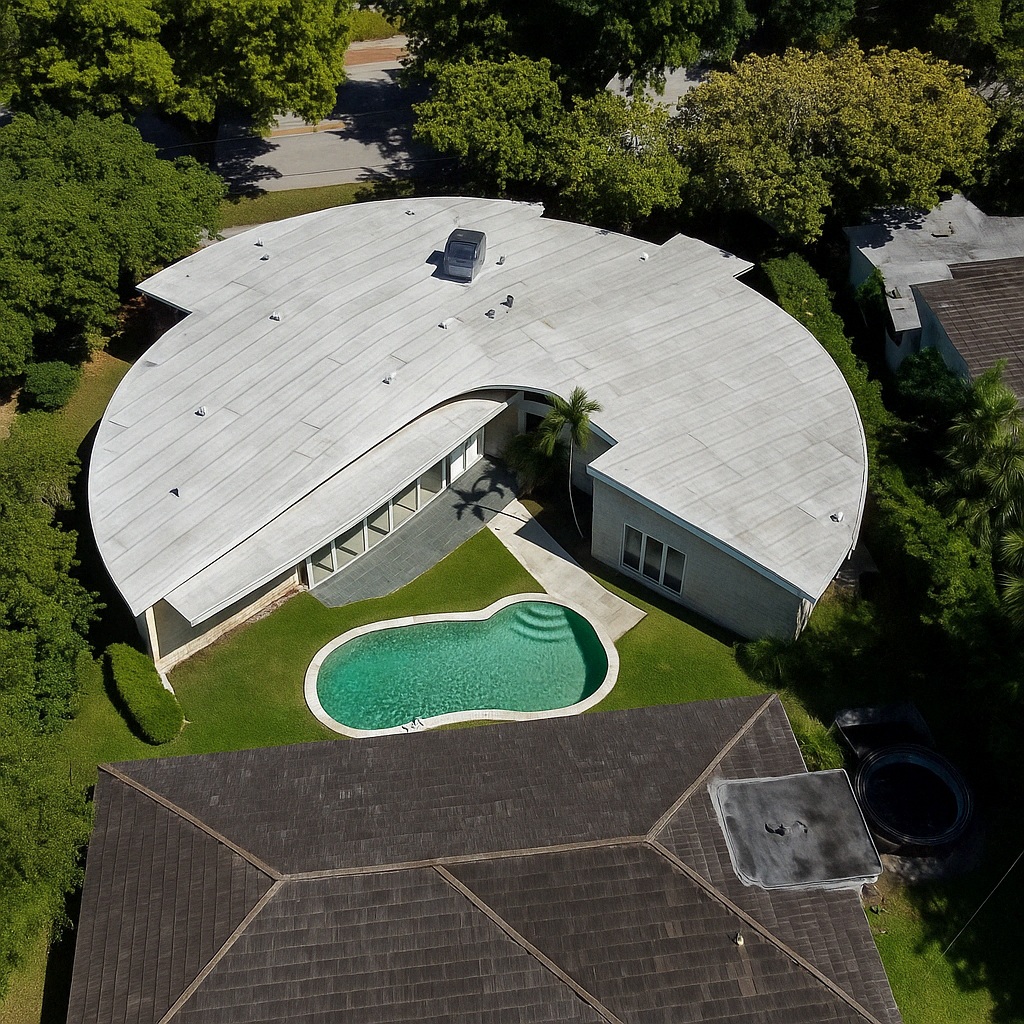As a developer, Charles S. Cohen’s portfolio is not limited to real estate. “If I’m a developer, I’m a developer, which means I can develop any kind of property, whether it’s real estate property or intellectual property,” says the CEO and president of Cohen Brothers Realty Corporation (CBRC), who has invested in about 12 million square feet—eight million square feet of which is in Manhattan––of the country’s most exceptional real estate.
On one hand, he restores and redevelops historic architecture. On the other, he restores and preserves classic films through his film production company Cohen Media Group (CMG), which launched in 2008 and has since established itself as the largest American producer of foreign films. As part of CMG, he owns a film library, The Cohen Film Collection, of more than 850 rare classics that he acquired when he bought the Rohauer Library. It is a famed collection of vintage movies from film collector and curator Raymond Rohauer. Cohen has produced and distributed more than 75 foreign films and received awards and recognitions for several, including his film Frozen River, which received two Oscar nominations and the 2008 Sundance Film Festival “Grand Jury Prize.”
His passion for film captivated him at a young age. When now 64-year-old Cohen was three years old, his grandmother took him to see Cinderella. “I forced her to sit through it twice,” he says. “And I was never the same.” At 16 years old, he directed and produced a 10-minute short called Contrast, which received a “Kodak Movie Award.”
His family business was in real estate, but at the time, he was more interested in being a film producer. At Tufts and Brooklyn Law School, Cohen studied entertainment law and real estate law. Unable to land a job in entertainment law in New York, he went to work for a bank handling real estate loans. In the late 1970s, when Cohen’s father was developing an office building in New York City, he took it as an opportunity to learn the real estate business.
Having a deep appreciation for both architecture and the arts, Cohen makes sure both elements shine through in his developments, most of which are designed for mixed-use purposes.
“It’s about infilling, and being creative, and finding a way to make these different uses work together and achieve more than the individual pieces,” he says, speaking of his quartet of design centers. The Decoration & Design Building (D&D) in Manhattan, the Decorative Center Houston (DCH), the Design Center of the Americas (DCOTA) in South Florida, and the Pacific Design Center (PDC) in West Hollywood total more than four million square feet.
Cohen paid $63 million in 1996 for the first of his design centers, the internationally celebrated D&D building, which now houses more than 130 showrooms—representing 3,000 of the world’s leading manufacturers—as well as acclaimed chef Charlie Palmer’s ASTRA Café. “It was a very intriguing, exciting challenge to be able to reposition a building that had a great presence in its market for what it was,” Cohen says.
These design centers are intended to serve a common purpose with similar amenities in each. “Having two out of the three [top design cities], allows me to cross-pollinate a lot of the resources that are in certain centers that I think would work in others,” he explains. Yet, each is still very distinctive—some in style of design, some in that cultural factor that Cohen likes to incorporate—depending on the location of the center and the community it serves.
As it’s situated in what is considered to be the film capital of the world, the PDC was embellished with the SilverScreen Theater. Keeping in mind the cinematic interests and pursuits of the Hollywood neighborhood, the 388-seat auditorium, which was a lecture hall before it was renovated, was equipped with advanced film and video projection technologies, a state-of-the art sound system, and 3-D capabilities, among other high-tech features.
“It’s almost as if each of these design centers is the center of a wheel,” he proposes, “and each of the spokes radiate out and connect to different aspects of what makes these buildings the design centers that they are and the success that they are in their individual territories.”
Cohen’s vision for the PDC in particular was to connect it to the entertainment industry as well as to the design and business communities. He estimates that the SilverScreen Theater is booked about 250 times per year. The complex will be refurbished this spring.
“I’ve always been very visually stimulated,” says Cohen, as we’re discussing his collection of more than 100 classic Italian films that are displayed on the second floor of the Blue Building at the PDC. “Some people collect art. I do that too, but not the way most people do,” he adds. The rest of the collection is stored in his English-style country home in Connecticut, in which he built a personal movie theater, reaching 30 feet underground and modeled after the historic Paramount Theatre in Oakland, California.
As a film enthusiast with an eye for architecture, Cohen has been able to merge these two passions in many of his development projects.
“The common theme has been design and about art and about style and about how things look and about how things play and about how things work,” he says. Currently under construction is The Quad Cinema, New York City’s first four-screen movie theater, originally opened in 1972, which Cohen bought about two years ago. It’s expected to reopen in the summer of 2016 with the interior totally renovated and a full-time programming staff. Three of the screens will show independent films, while the fourth will show only restored and preserved repertory films. “It will be an opportunity for people to see films that they might not otherwise see in a way that they were originally intended to be seen,” Cohen says.
Developing further east to West Palm Beach, Cohen will head his first real estate endeavor in the Palm Beach area, constructing a mixed-use building that will incorporate a refurbished, multiple-theater complex showing art-house films.
Whether showcased in the architecture of one of the buildings that he’s renovated, such as The Quad Cinema, or throughout the halls of his office in L.A., where the walls are adorned with vintage film posters that he’s collected over the years, real estate and film go hand-in-hand in Cohen’s approach to design and architecture.
“People say, ‘how do you have the time to do all of this?’ And my answer is that I find time to do the things I love to do,” he says. “I take great pride in what I’ve been able to accomplish.”
CHARLES S. COHEN’S HOLLYWOOD HOME
Beaming with ambient lighting reflected in its tall windows and open spaces, Charles S. Cohen’s apartment in West Hollywood can be described as classic contemporary.
Rich materials of wood and stainless steel integrated in the walls and surfaces throughout the interior give the home a sharp, sophisticated look that Cohen describes as “timeless.” Defined design lines, high ceilings, and an open lighting plan characterize the apartment, which merges office and home.
“I don’t work from my apartment necessarily, but I appreciate the same materials that I would have in my office in my apartment,” he says, while noting that a modern office often tends to embody a “live-work environment.”
Each of Cohen’s four homes—a traditional English country house in suburban Connecticut, a French Directoire-style apartment in New York City, and two contemporaries in South Florida and Los Angeles—exhibit diverse architectural styles.
“I really don’t like to be pigeon holed as doing only the same kind of thing wherever I do it,” he explains. “I really like each style that I embrace to be true to itself.”
In designing his Los Angeles residence, Cohen hired AREA Architects, who also designed his South Florida apartment as well as many of his commercial developments. “They just have certain style and certain talent that I wasn’t able to find in a typical decorator or designer,” he says.
This story is featured in the Summer 2016/Fall 2016 issue of Haute Residence magazine. Click here to flip through the digital magazine.


